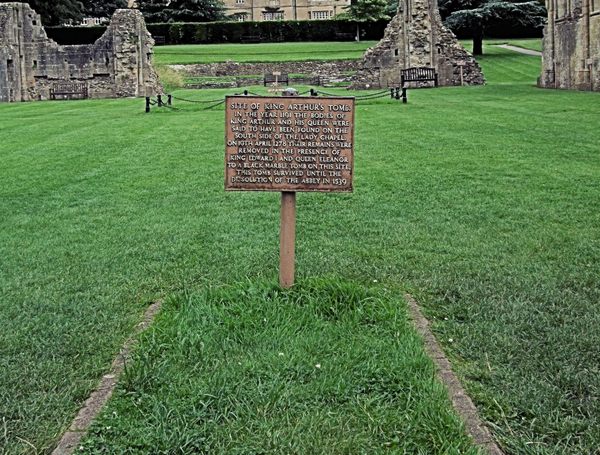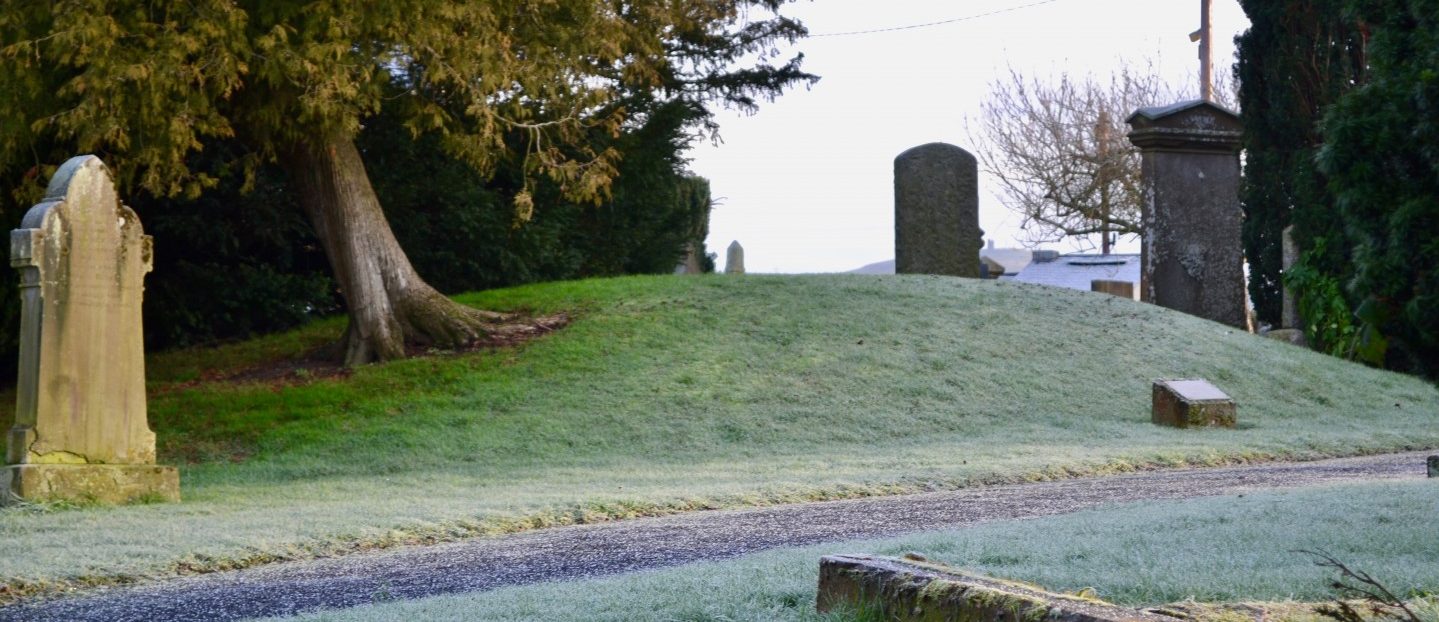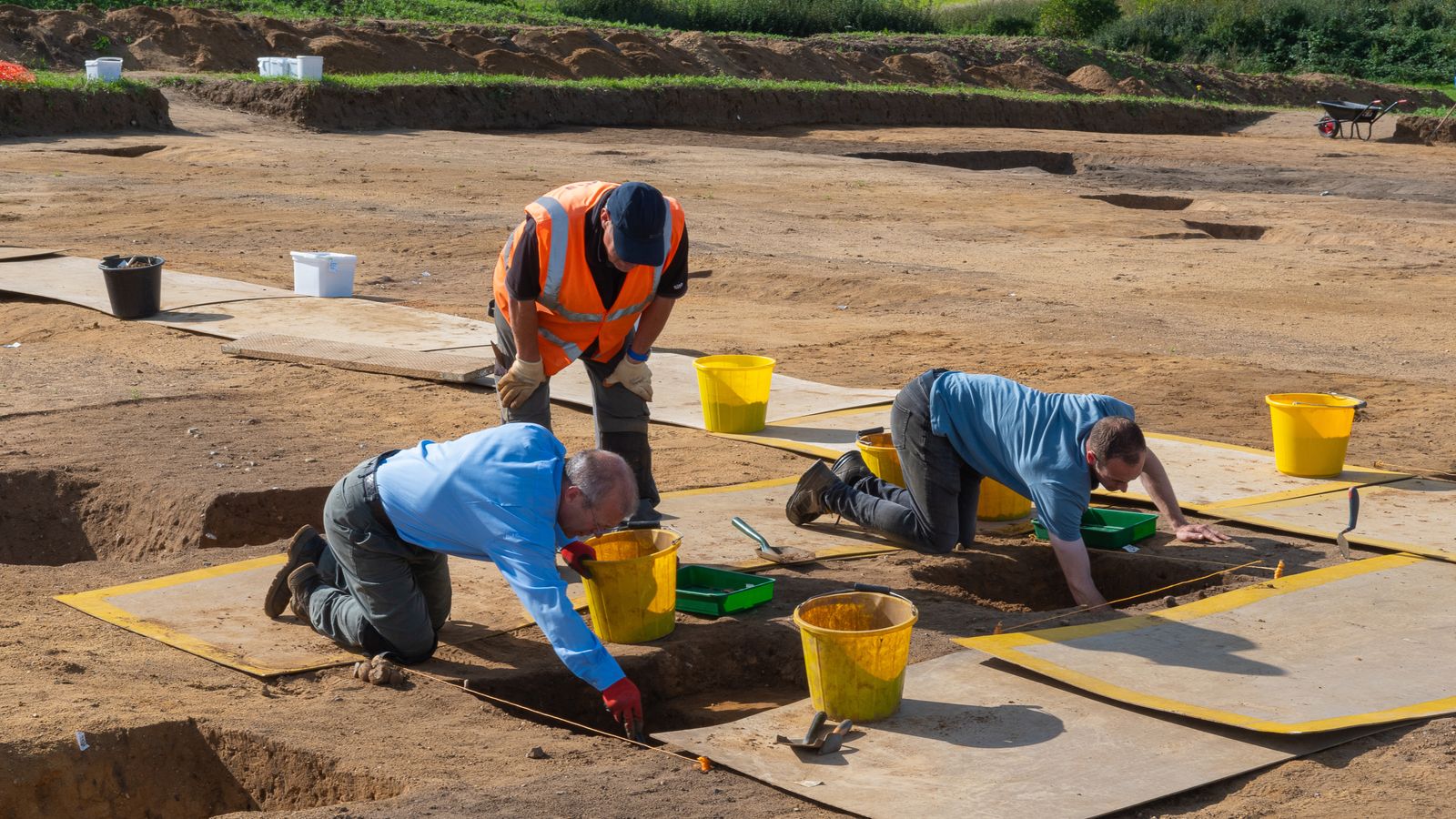
Tales abound that the legendary King Arthur and his Knights of the Round Table never actually died, but lie sleeping in a cave, waiting for the moment of Britain’s greatest peril to wake and defend their island home. Or alternatively, to either sally out as part of The Wild Hunt and/or complete an annual supernatural circuit around the mountain or hill they reside in.

Where to find the legendary King Arthur
Some maintain Arthur was an historical figure who had been turned into a legendary hero; others say the precise opposite – he was a protective Celtic deity who was transformed into a ‘real’, ‘historical’ character.
So where to find the Pendragon? There are plenty of places in Great Britain rumoured to house ‘The King of the Mountain’, many with similar provenance.
And here they are, those that I could find that is, there may well be more.
Glastonbury Tor

Arthur and his knights are said to be sleeping beneath Glastonbury Tor, often considered the mythical ‘Isle of Avalon’. Monks attempting to cash in on the legend claimed to have discovered the tomb of Arthur and faithless wife Guinevere at the nearby Glastonbury Abbey in 1191.
Sewingshields

In the 1800s, a knitting shepherd dropped his ball of wool near the overgrown ruins of Sewingshields Castle (no longer visible); following it he stumbled upon a hidden passageway to a great subterranean hall, with a massive round table in the centre. King Arthur, Guinevere and the Knights of the Round Table sat around it in a deep slumber. On the table lay a bugle, a garter and the sword Excalibur. The yokel instinctively picked up Excalibur and cut the garter, upon which moment Arthur and company awoke. Arthur in cold fury said, “O, woe betide the evil day On which this witless wight was born, Who drew the sword, the garter cut, But never blew the bugle horn.”
The Arthurian entourage then went back to sleep and the shepherd scampered away, to an uncertain fate.
Eildon Hills (Melrose, Scotland)

Sir Walter Scott tells of a horse dealer paid in ‘ancient coin’ by an elderly, archaically-garbed buyer who for some reason then takes him inside the hill that evening. As is by now expected, King Arthur and his knights are snoozing; shown the obligatory horn and a sword, the dealer blows the horn. The knights awaken and a loud voice (Arthur’s) bellows he is a coward for not grabbing the sword first.
Richmond Castle

According to legend, the castle is built over a cavern where King Arthur and his knights sleep, waiting to rise from their slumber to defend England in her hour of need. Local potter Peter Thompson found his way by chance into the cave. The curious Thompson picked up Excalibur and was suddenly deafened by the sound of clattering armour, so he speedily replaced the sword. All was then still. But as he legged it, he heard a melancholic voice, “Potter Thompson, Potter Thompson Hadst thou blown the Horn Thou hadst been the greatest man That ever was born.”
The potter stopped only to seal the entrance so no-one else would disturb the sleeping knights. Or in another version, searched frantically for it, but never discovered it again.
Dunstanburgh Castle

Earl Thomas of Lancaster (cousin of King Edward II), built the Dunstanburgh edifice between 1313 and 1322, apparently to emulate Camelot, so no ‘Sleeping King’, just the story of a noble known to his allies as ‘Roi Arthur’ in opposition to the feckless Edward, who was famously said to have later died by red hot poker insertion.
In yet another iteration of the Sleeping Knight story, a knight named Guy the Seeker was led to a subterranean hall at the castle by Merlin. There he beholds a beautiful woman (Guinevere?) in a crystal tomb, surrounded by knights – but no mention of King Arthur. Sir Guy faces the tiresome sword and horn challenge and tries blowing the horn first, but forgetting to unsheathe the sword first, fails.
Dinas Rock

Craig y Ddinas boasts a 45m sheer vertical limestone face crowned by an Iron Age hillfort; a sleeping King Arthur and his army biding their time for a counteroffensive against any invaders.
They also guard a heap of gold and silver, all protected by bells that will wake them from their kip should any miscreants enter the cave.
Arthur's Cave - The Doward

King Arthur's Cave lies at the foot of a low cliff at the north-western end of Lord's Wood in The Doward, Herefordshire. Shrouded in local superstition, it the cave is connected with Vortigern, the foolish British king who invited Anglo Saxon brothers Hengist and Horsa in as his mercenaries.
Big mistake.
Arthur and his knights apparently once sheltered in the cave, but only for a short time, when on the run from the Saxons. Merlin may have hidden some treasure there though.
The Doward (Welsh: Deuarth Fach, lit. "two small hills"), boasted cave dwellings which were inhabited until relatively recently.
Tintagel - Merlin’s Cave

OK, not a resting place, but worth a mention, the cave is located beneath Tintagel Castle in Cornwall. In Idylls of the King, Tennyson described waves bringing the baby Arthur to the shore and the mage Merlin then carrying the infant lad to safety.
Alderley Edge

The link between the caves at Alderley Edge and Arthur only dates to the Victorian period. In 1838, Mrs Gaskell wrote insisting that Arthur and his court lay sleeping there until England’s extremis roused them. J Roscoe’s 1839 poem ‘The Iron Gate: A Legend of Alderley’ fleshed out a fuller version of the story, but much earlier Cheshire tales spoke of warriors and wizards in the caves, ready for war, and a mysterious man (presumably Merlin) trying to buy white horses from a local farm for the reawakened knights.
Author and Cheshire local Alan Garner used this and other legends, in his novels The Weirdstone of Brisingamen and The Moon of Gomrath.
Cadbury Castle

Said to be hollow, King Arthur and his Knights sleep waiting to be called upon by Britain again in times of dire need. It’s said that on Midsummer's Eve (or every seven years in another version) a hole appears in the hillside and the Knights ride their horses down to drink the water from a spring near Sutton Montis Holy Trinity church (pictured), or maybe the Church of St Thomas à Becket in South Cadbury.

Freebrough Hill

A small peak south of the village of Moorsholm, in Redcar and Cleveland, England; legend says a local farmer, chasing a lost lamb, found an opening into the hill, thence a tunnel that led to an oak door, discovering the King and his knights asleep seated by the Round Table.
Arthur’s Seat

According to legend, King Arthur sleeps beneath the lion-shaped rocks on Edinburgh’s Arthur's Seat, the craggy remains of an extinct volcano close to the city centre. Others claim without evidence it was the site of Camelot.
And, an easily disproved myth, Merlin’s Cave in Clerkenwell, barely two minutes from where I used to live in Amwell Street:
Incidentally, there is another Merlin’s Cave - a pub in the Hertfordshire village of Chalfont Saint Giles, close to the appropriately named Seer Green, where Merlin and would stop off for a break on the way to London when conducting chores for the King.
There are many supposed burial places for Merlin, including Merlin's Grave, Drumelzier (Scottish Borders), The Marlborough Mound (Wiltshire), Bardsey Island (North Wales), and Merlin's Tomb, Brocéliande Forest (Brittany).
According to legend, Sir Lancelot is buried at ‘Joyous Gard’, which could be in France, or Bamburgh Castle in Northumberland:

In Meigle, Scotland there is a site named Guinevere's Grave; apparently, the former queen made her way to Scotland after King Arthur’s supposed death, changing her name to Vanora. There she went back to her old naughty ways, provoking the townsfolk to kill her. Other tales speak of Guinevere becoming a nun at either Caerleon or ‘The Mound's Marker’ at Amesbury .

No shortage of King Arthur TV shows and movies and books
King Arthur is of course, the subject of numerous novels, TV series and movies. Here’s the first episode of an interesting one from 1977, ITV’s Raven (all episodes currently available on YouTube). An orphan/former borstal inmate (Phil Daniels) assists a Merlin-esque archaeology professor (Michael Aldridge) in his excavation of a system of caves beneath an ancient stone circle, containing 5th-century rock carvings related to the legend of King Arthur.
C. S. Lewis ’ 1945 novel That Hideous Strength (’A Modern Fairy-Tale for Grown-Ups’), in which Arthur is said to be living in the land of ‘Abhalljin’ on the planet Venus.
Camelot (1967): I Wonder What The King Is Doing Tonight? Changed to, “I Wonder Who The King Is Screwing Tonight? by a bored Richard Burton during the long-running, first stage version of the show.
Arthur is not unique in the legendarium; there are many other examples of slumbering monarchs, heroes, religious leaders, the odd dupe (Van Winkle) and villains across the globe, including the following, some illustrated with clips.
Holy Roman Emperor Frederick Barbarossa
Rip Van Winkle
Brân the Blessed
Thomas the Rhymer
Typhon and Enceladus in Mount Etna
The demon Hobbomock, sealed in Sleeping Giant mountain in Connecticut
Bernardo Carpio, the ‘King of the Tagalogs’
Ogier/Holger the Dane
And quite a few more, including I guess, Jesus, as he was laid to rest in a cave on a hill.
Kay Khosrow, Shah of Persia
Alexander Suvorov
St. Wenceslas (Václav) of Bohemia
Stephen I of Hungary
Loki
King David
Artavazd I of Armenia
Queen Tamar of Georgia
St. John the Evangelist
Kind Dunmail
King Harold II
Owain Glyndŵr
William Tell
Csaba, the son of Attila the Hun
Fionn mac Cumhaill
Kūkai, founder of Shingon Buddhism
Charlemagne
Stephen Arnell’s novel THE GREAT ONE is available on Amazon Kindle:
https://www.amazon.co.uk/Great-One-Secret-Memoirs-Pompey-ebook/dp/B0BNLTB2G7

































